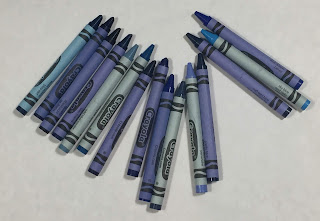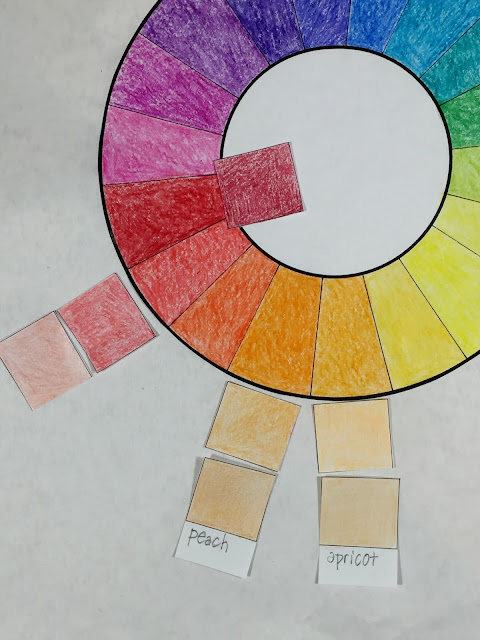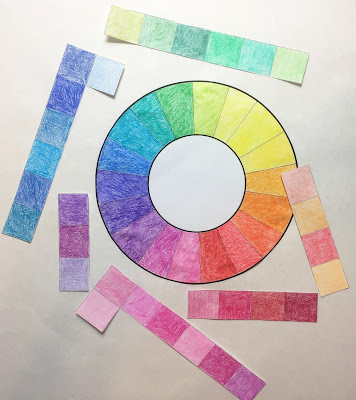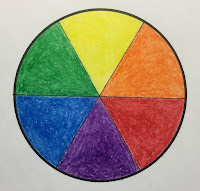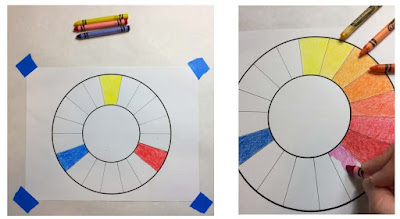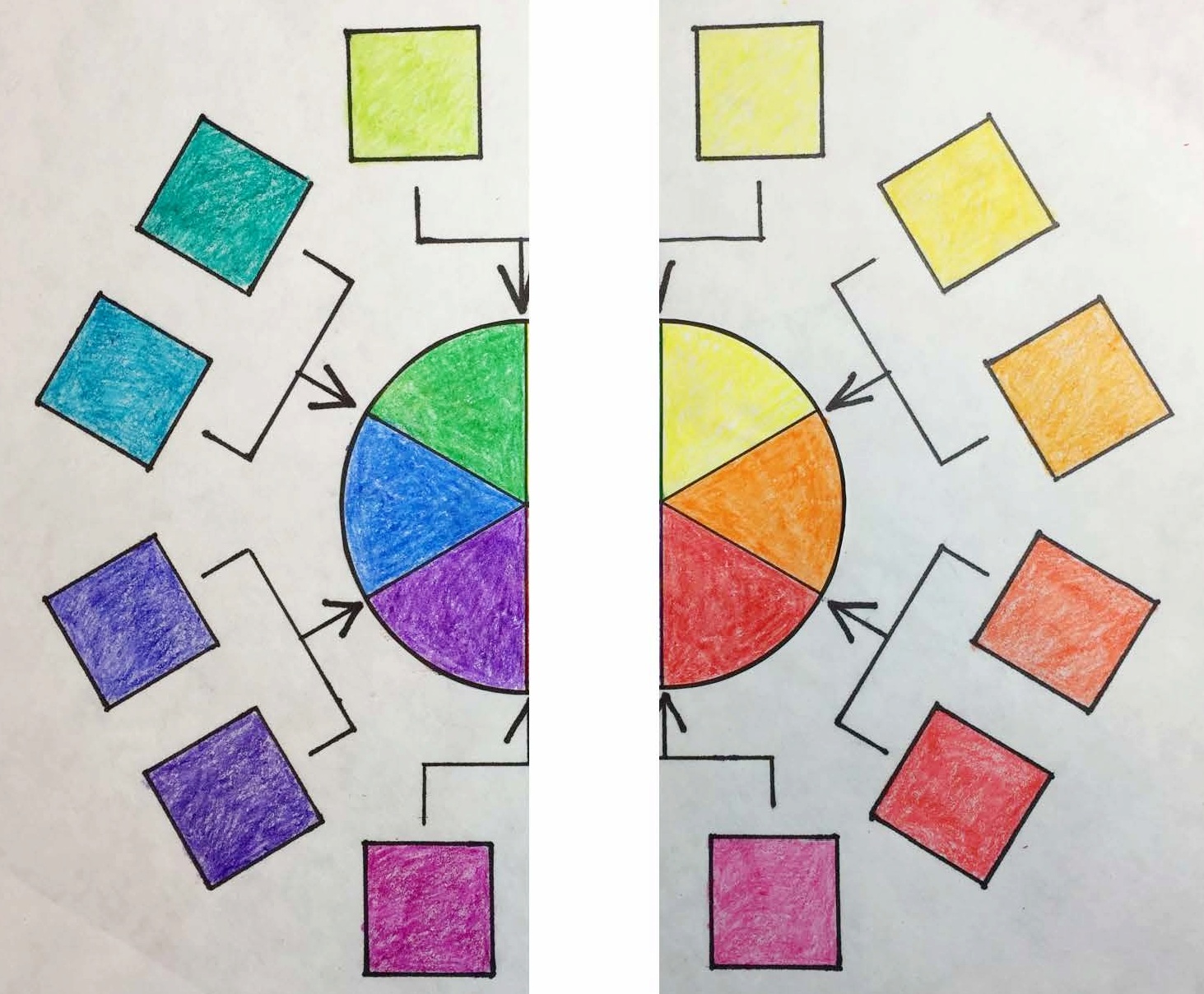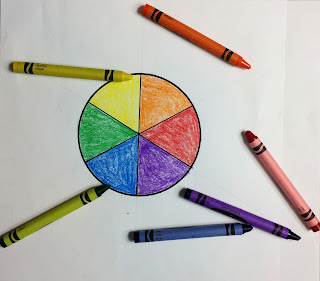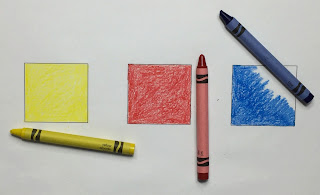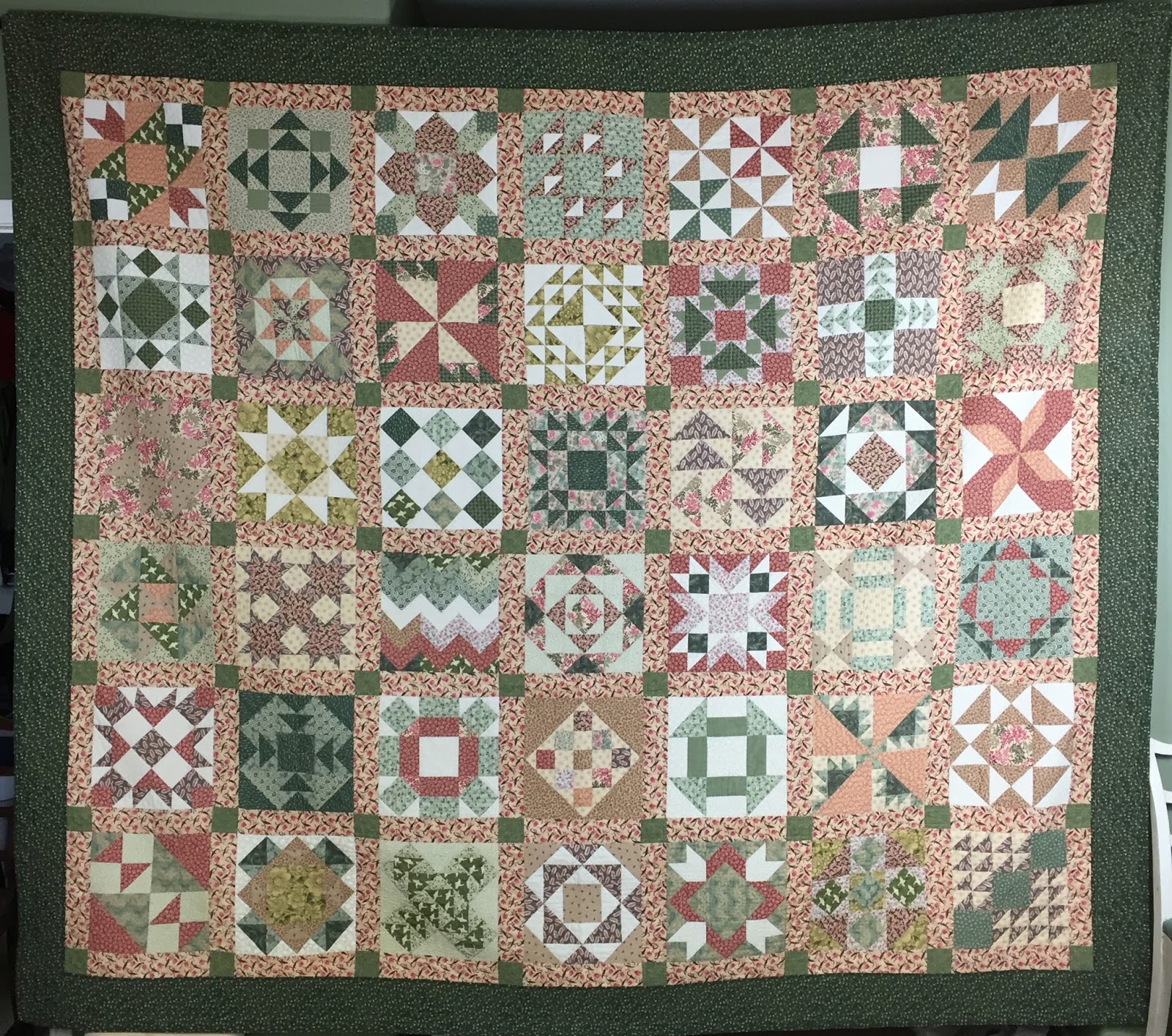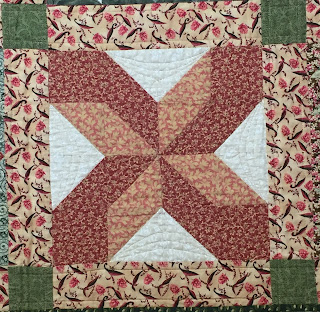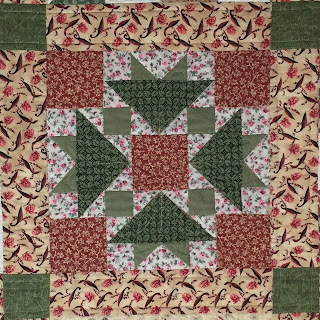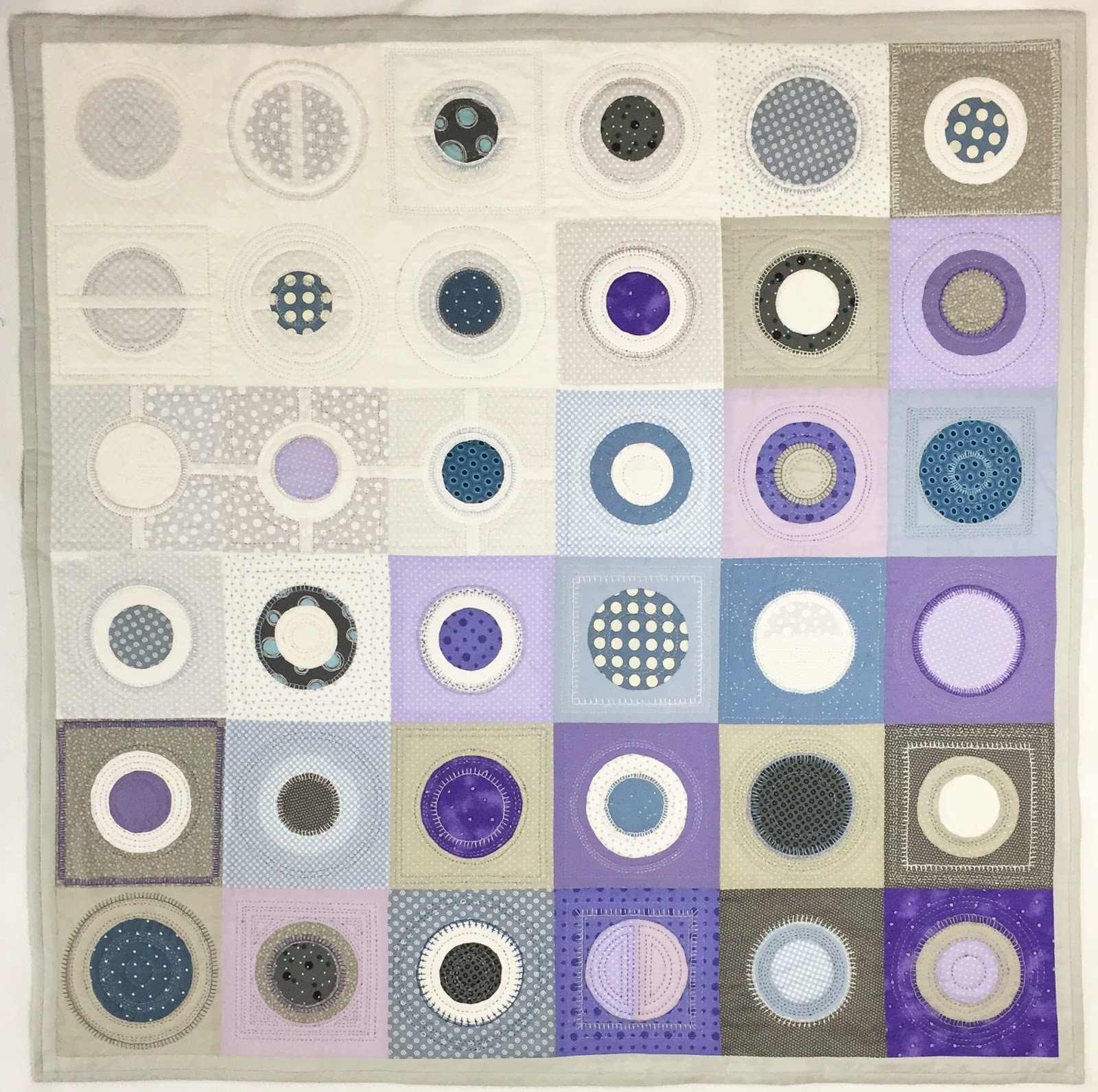
Project Update- Circles 1 "Circles 1" is complete...yeah! It took almost exactly two months to hand appliqué the circles and quilt this wall hanging, which measures 45 inches square... I was inspired by the Needlework show to try something new, (check out the series beginning with the following post, to get up to speed: http://creativelifesampler.blogspot.com/2018/04/travel-log-spring-2018-2-1-of-5-my.html ) I used embroidery thread and the same embroidery stitch in each square for a bit of embellishment, and lots of practice. The happy result is that the circles have a three dimensional look which I hadn't anticipated. Now on to other unfinished business... 😏

